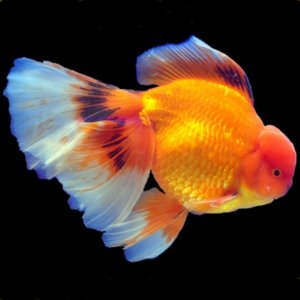Do you have a gravel cleaner like the one in the following link?
If not, you can make one from a plastic drink bottle and length of plastic hose. Let me know if you need to make one and I can give you instructions.
Aquarium cleaning should take 30 minutes every two weeks. Learn how the professionals do it in 18 easy steps.

www.about-goldfish.com
When you do a water change, just leave the fish in the tank and drain 75% of the tank water out. Gravel clean the substrate while doing this. Then fill the tank back up with dechlorinated water. It's quicker for you and less stressful for the fish.

Turn the heater and any power filters off before you do this and turn them back on after the tank is filled up. If you have an air operated filter (air pump blowing bubbles into the tank), this can be left running when you do water changes.
--------------------
Filters should be cleaned at least once a month. However, if the filter is less than 6 weeks old, do not clean it. Do not clean your filter for the next 6 weeks because the Methylene Blue will have killed any good bacteria in it. When you do clean a power filter, wash the filter materials/ media in a bucket of tank water and re-use them. Tip the bucket of dirty water on the garden/ lawn. The filter case and impellor can be washed under tap water.
--------------------
The reason you need to reduce feeding now is to reduce any ammonia that is being produced. The more food, the more ammonia and the more likelihood of the fish dying. When the filter has established, you can feed the fish more often and do a 75% water change and gravel clean the substrate once a week. But until the filter has recovered and developed the good bacteria, the less food going into the tank, the cleaner the water will be.
The fish won't starve if you reduce feeding. Unlike mammals, birds and people that use most of the food they eat to keep warm, most fish take their body temperature from the surrounding water. this means any food they eat is used for growth and movement. this allows fish to go for weeks or even months without food and not starve during that time.
The reduced feeding regime will only be for a month or so, just until the filter establishes, then you can feed them more often.



